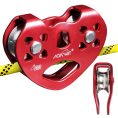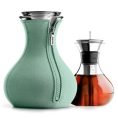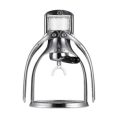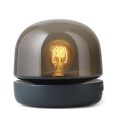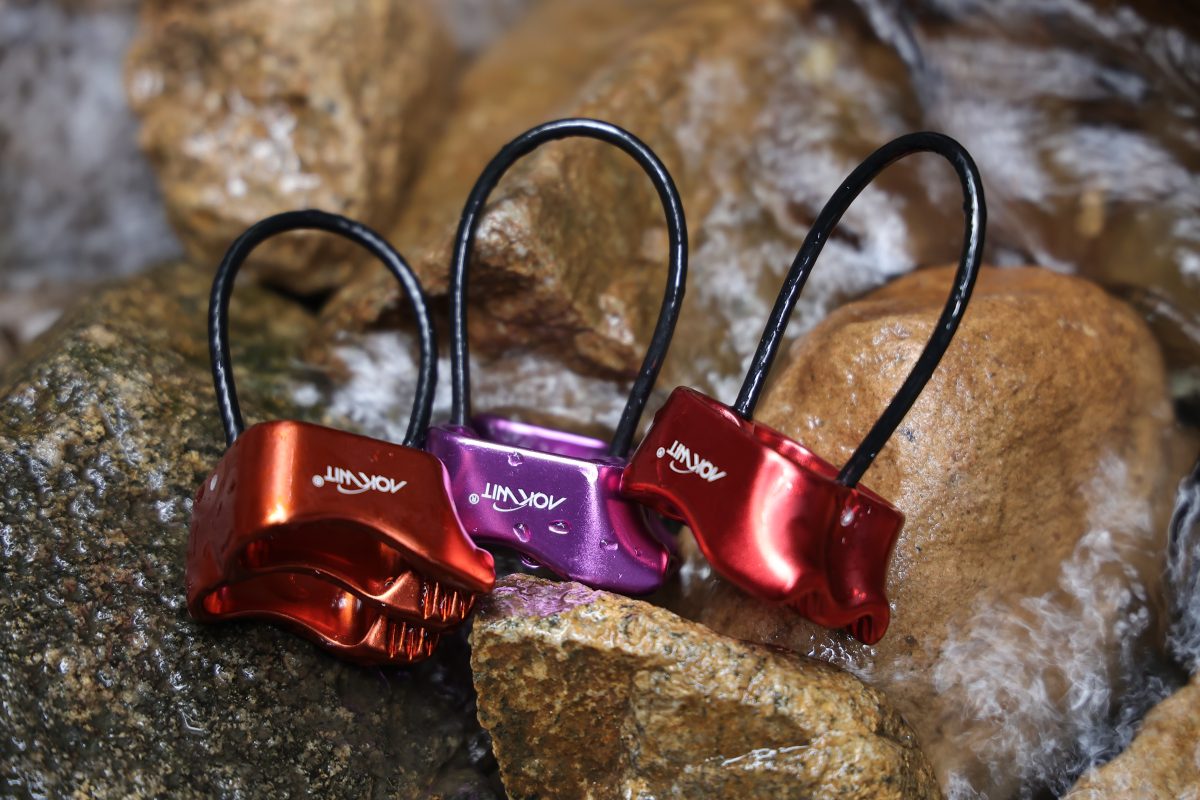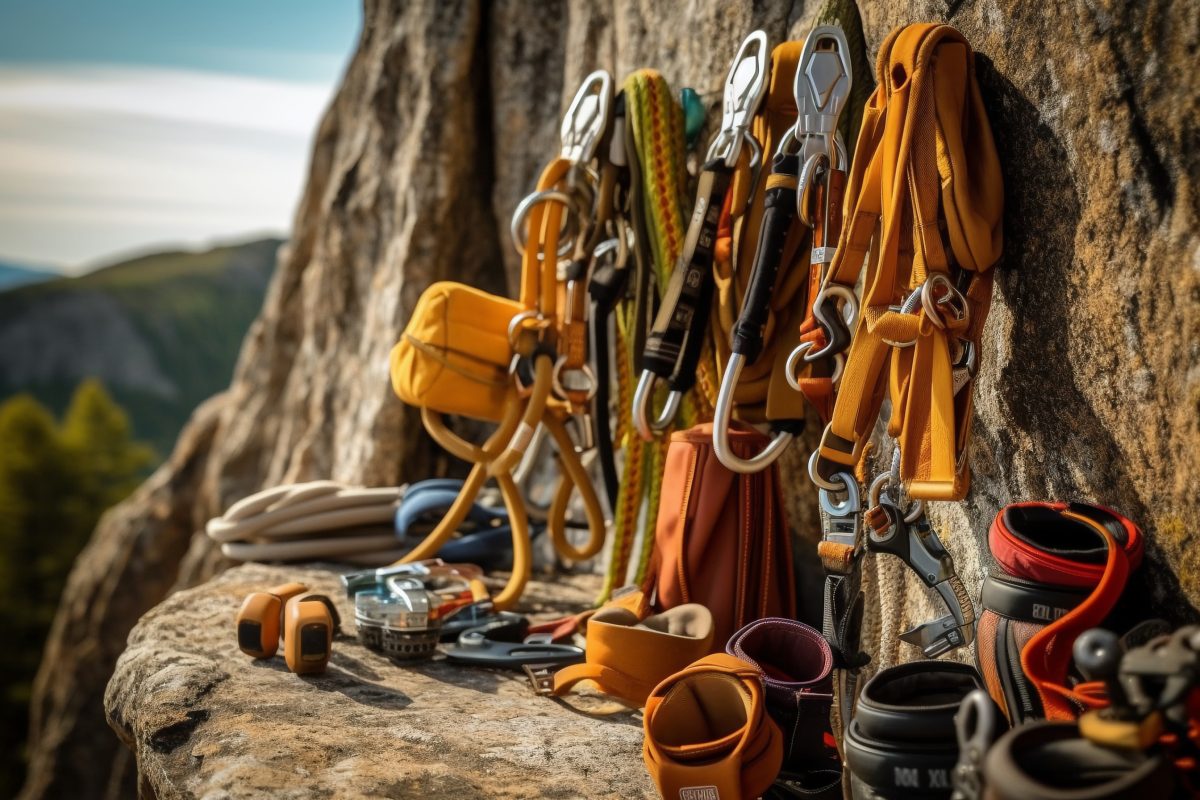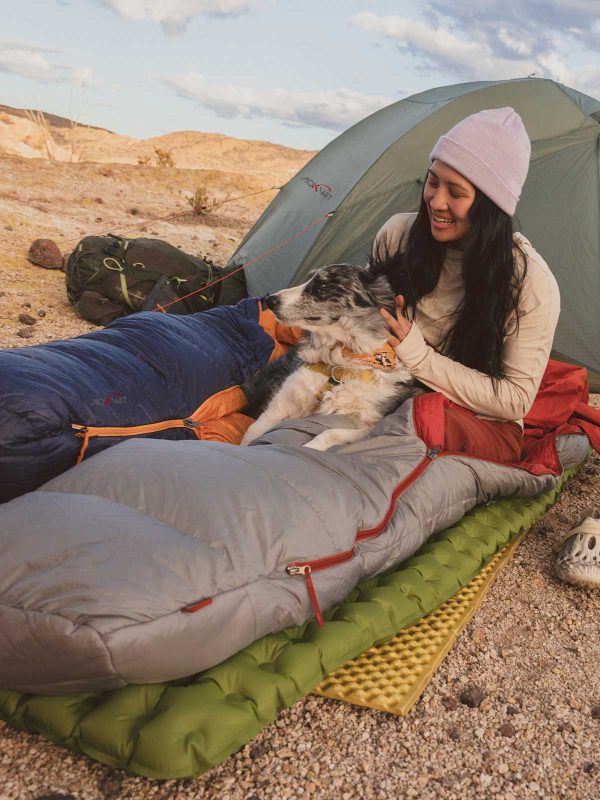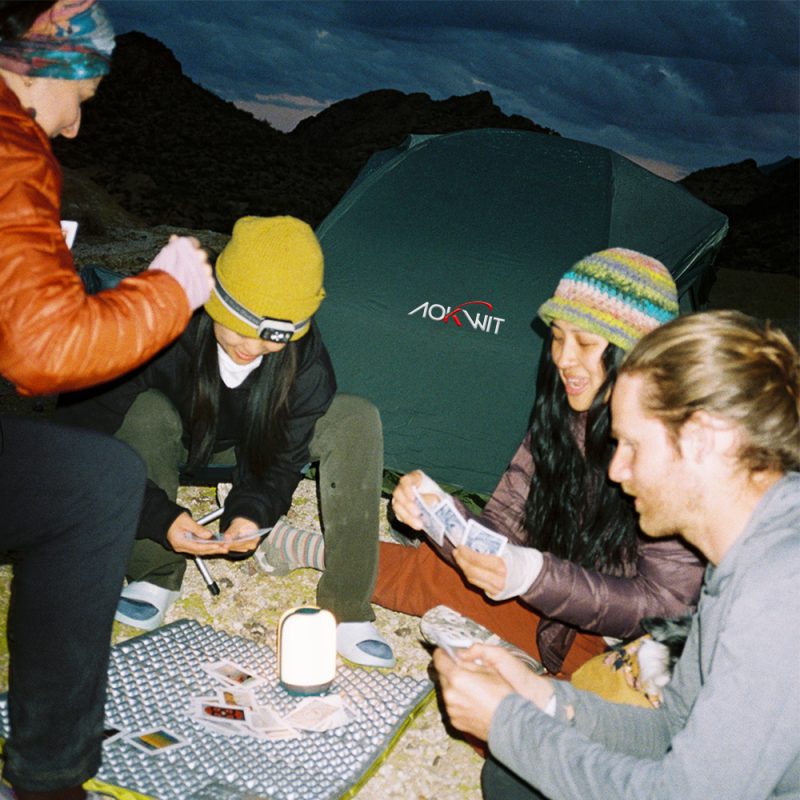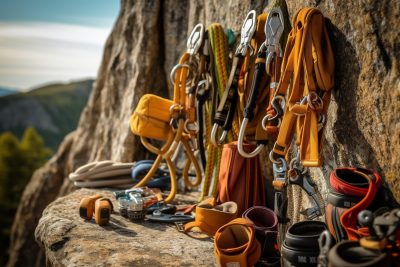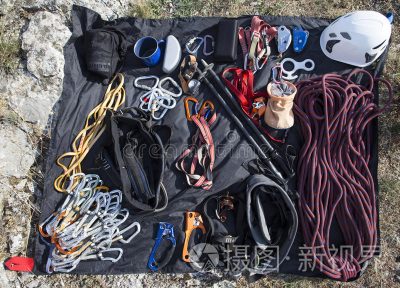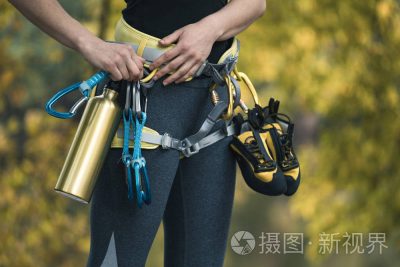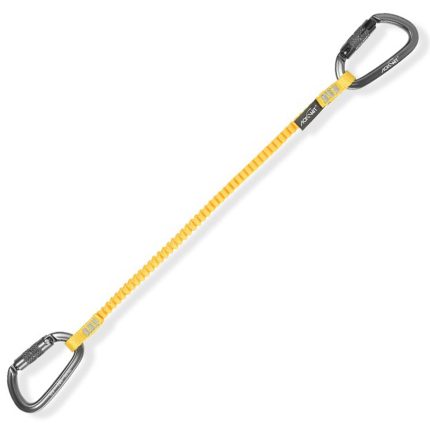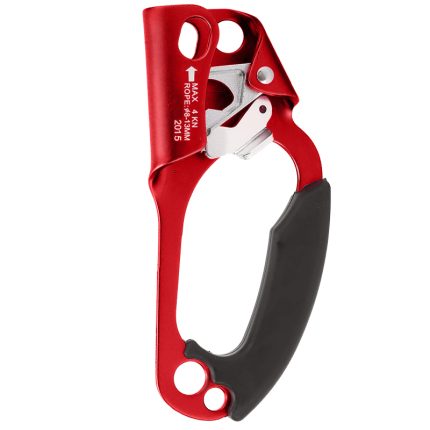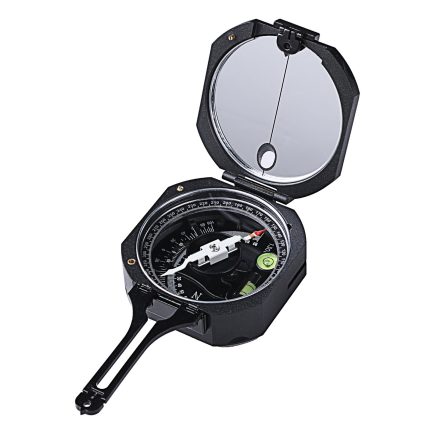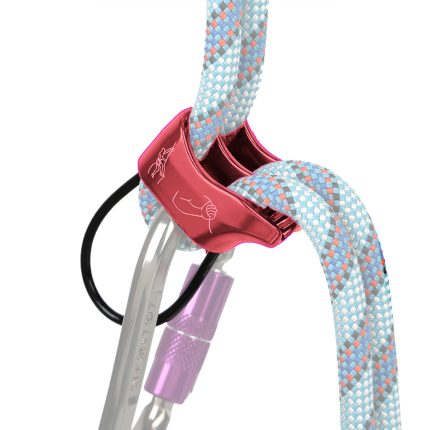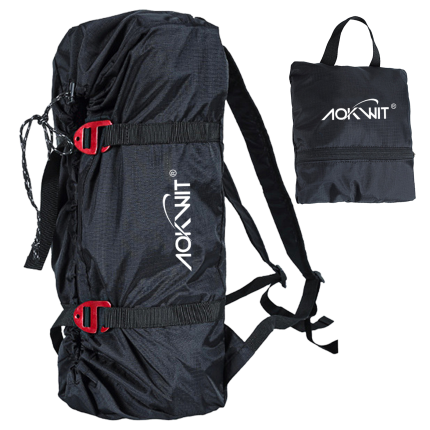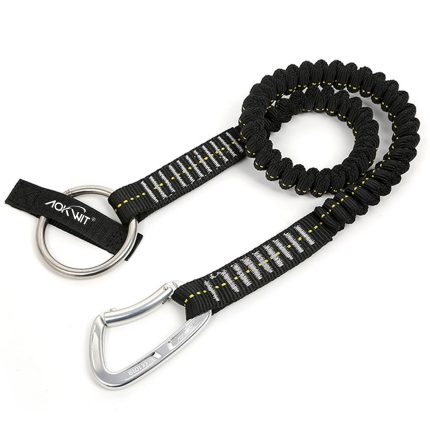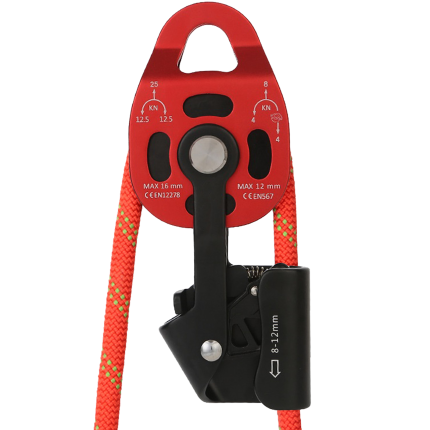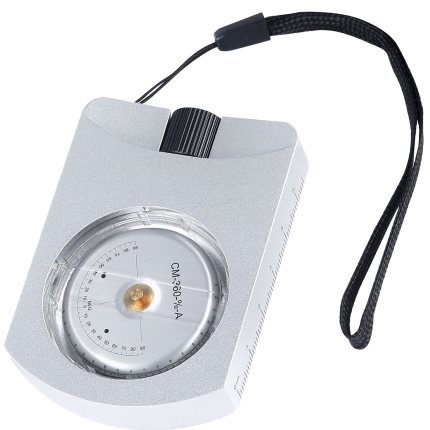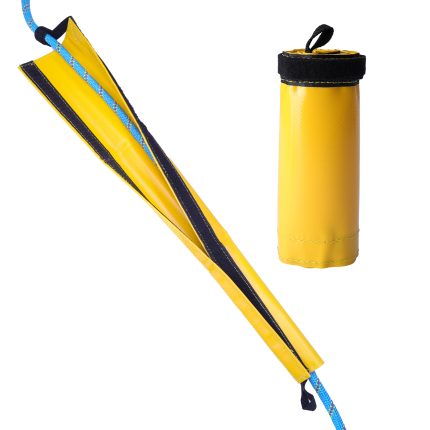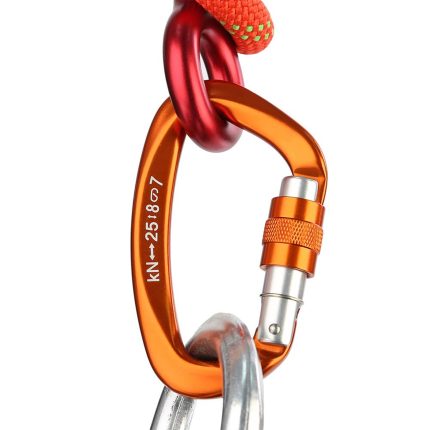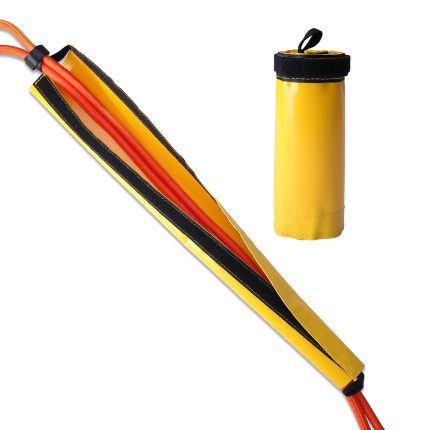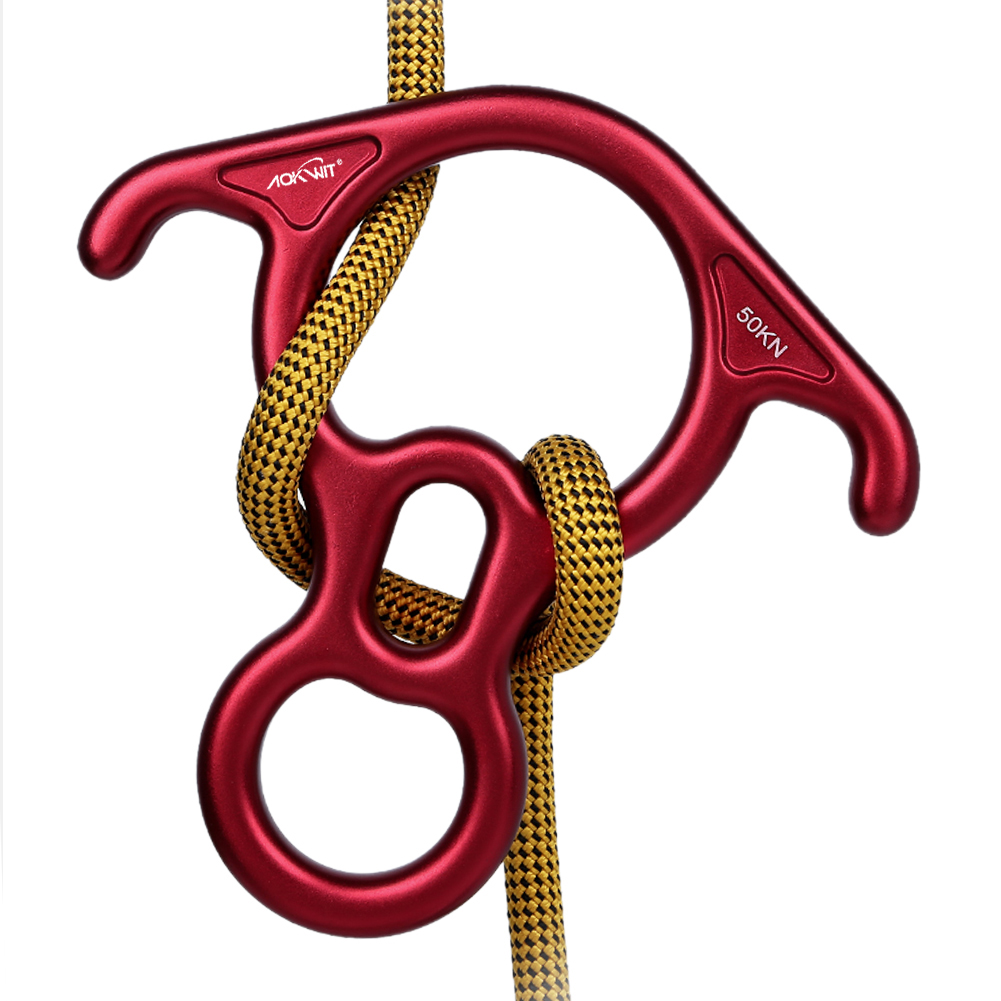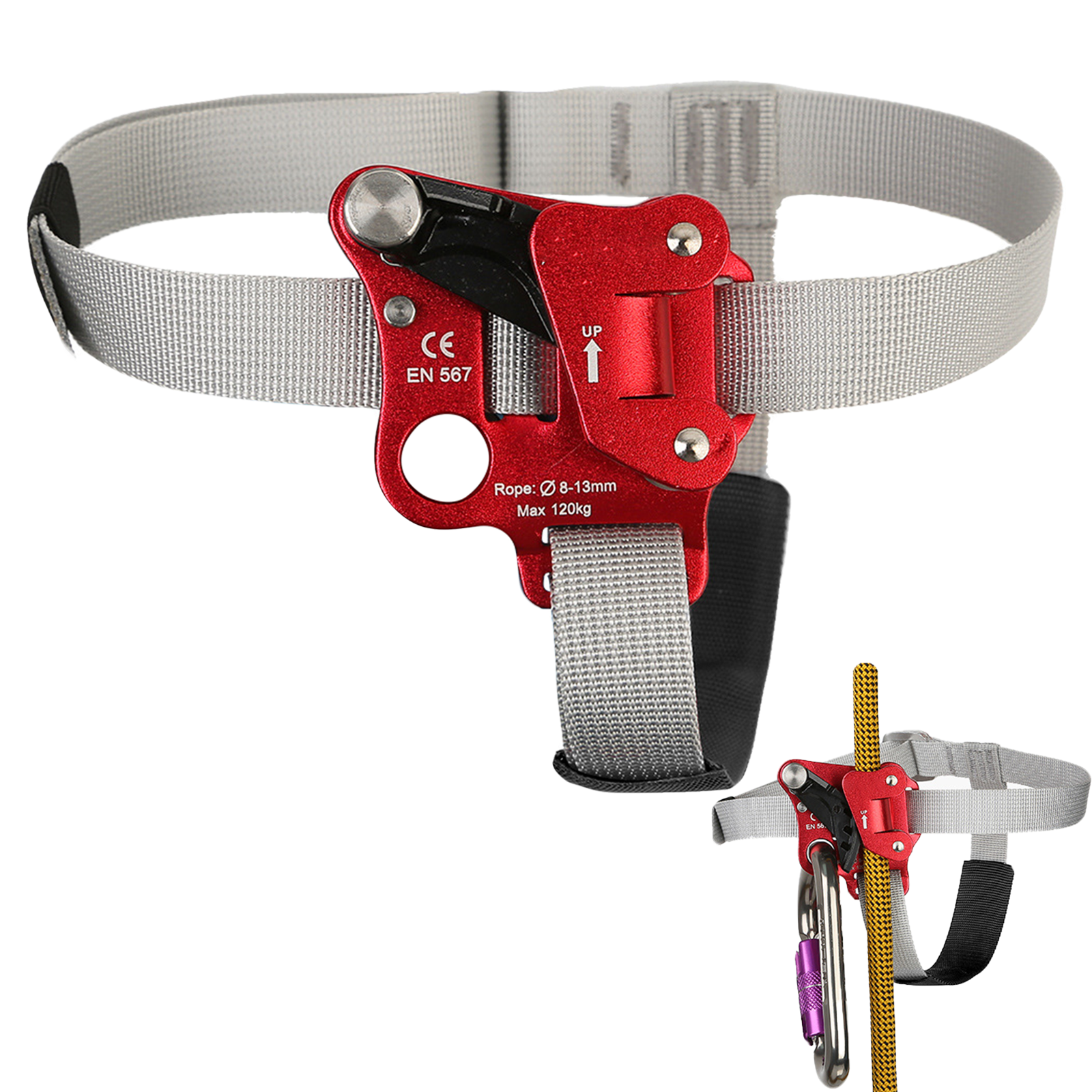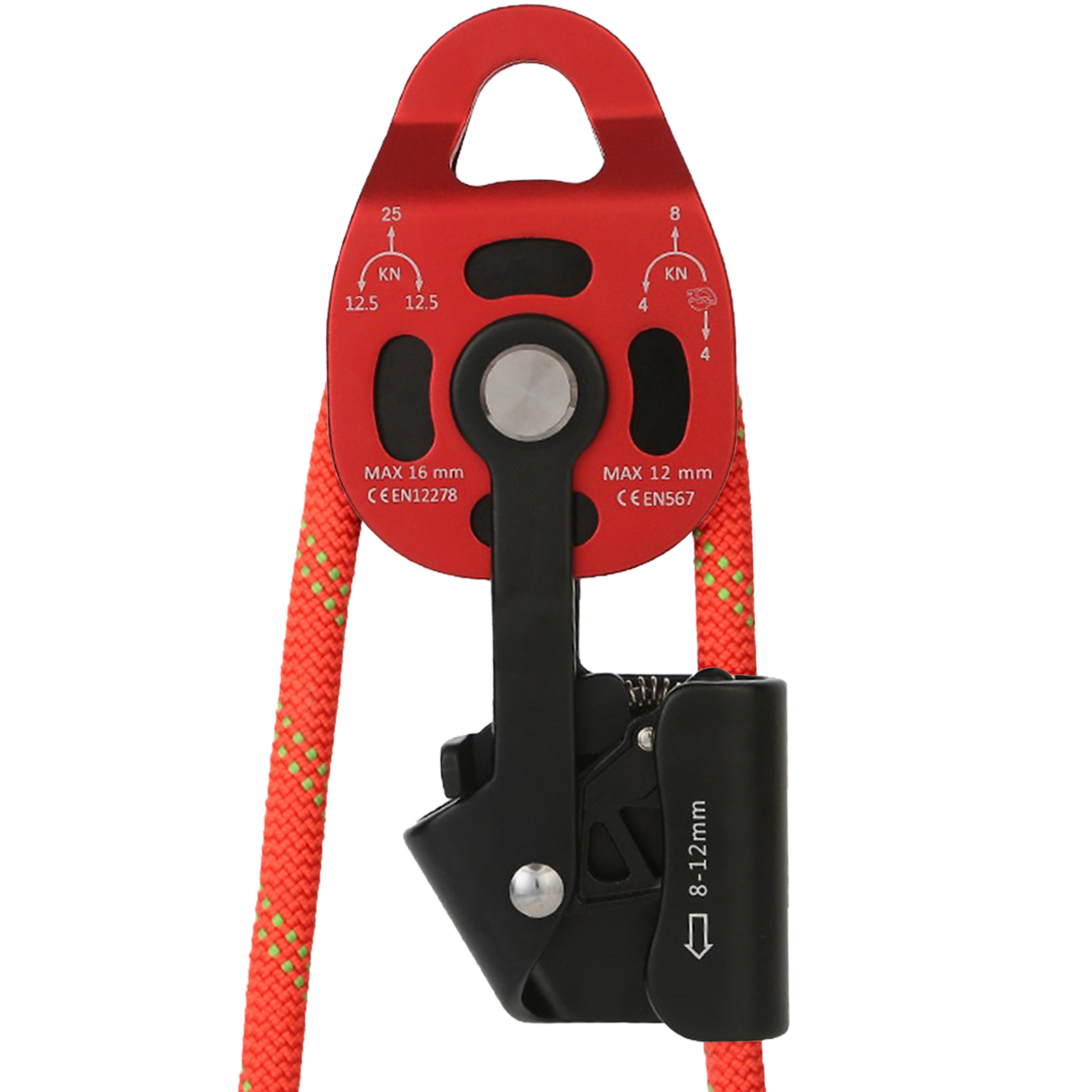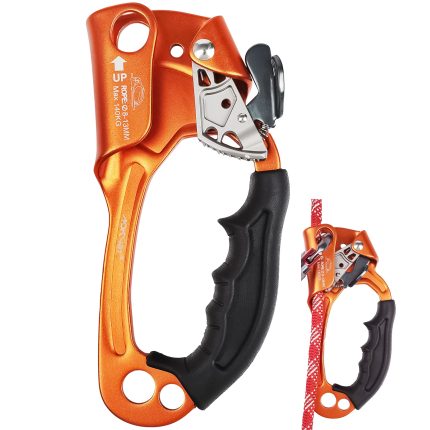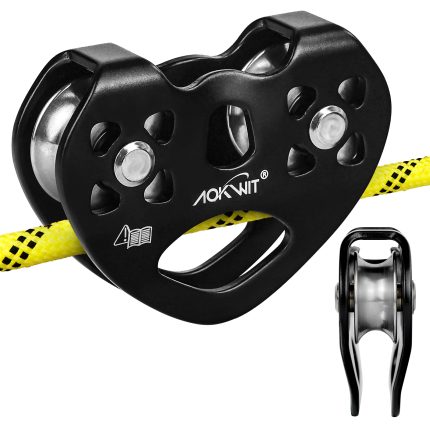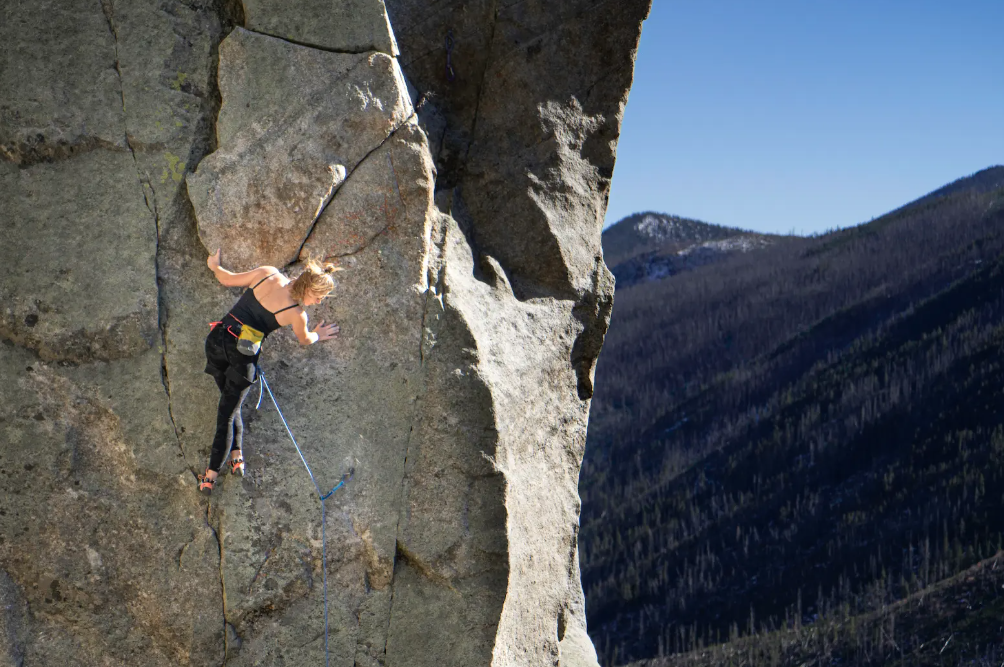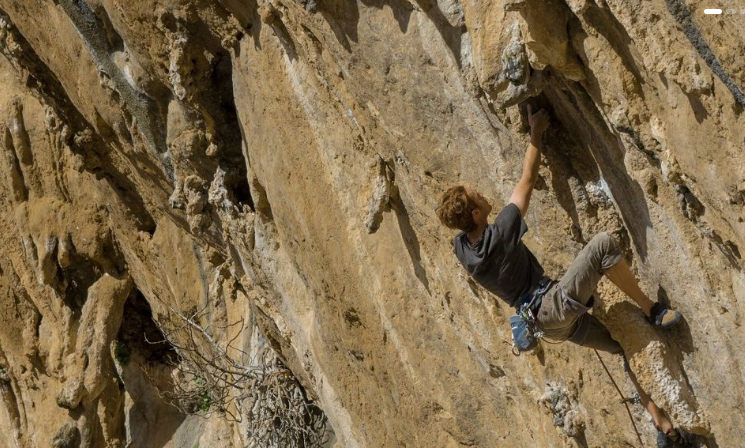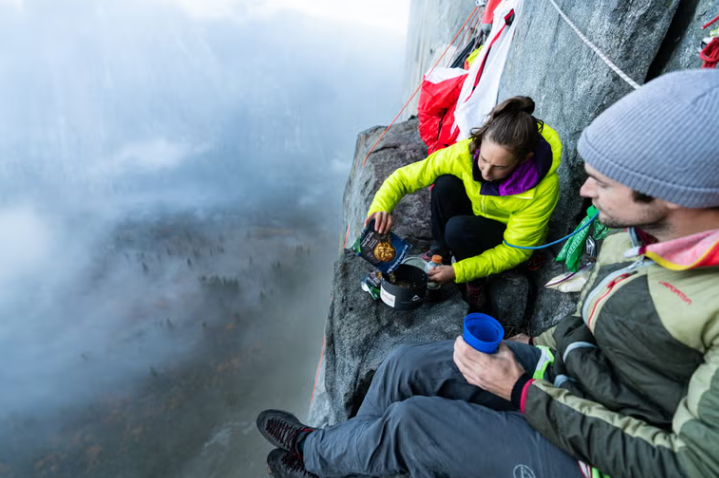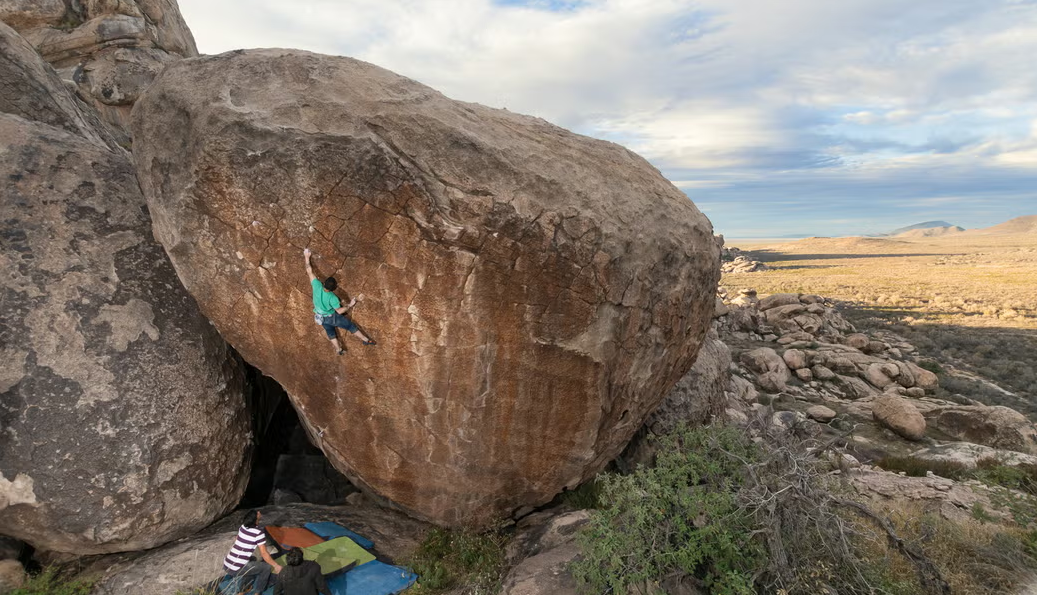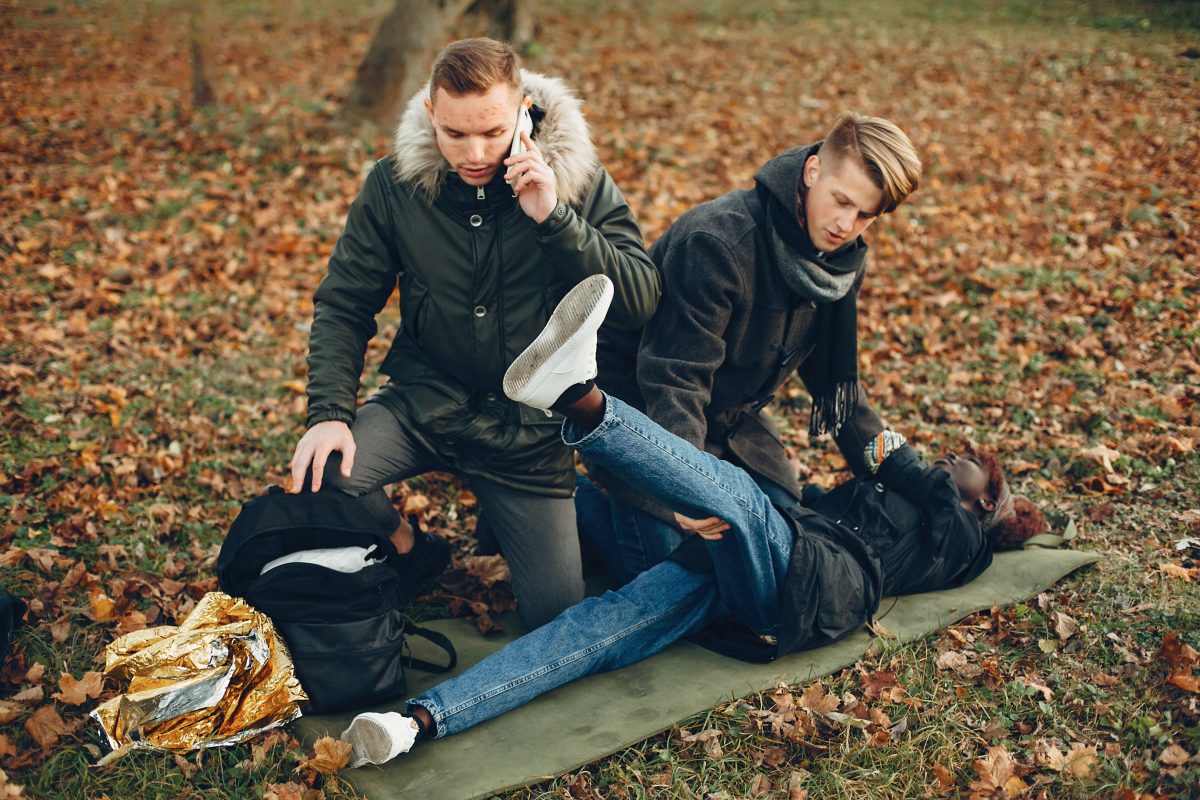12 Tips for Staying Warm Outdoors in Winter
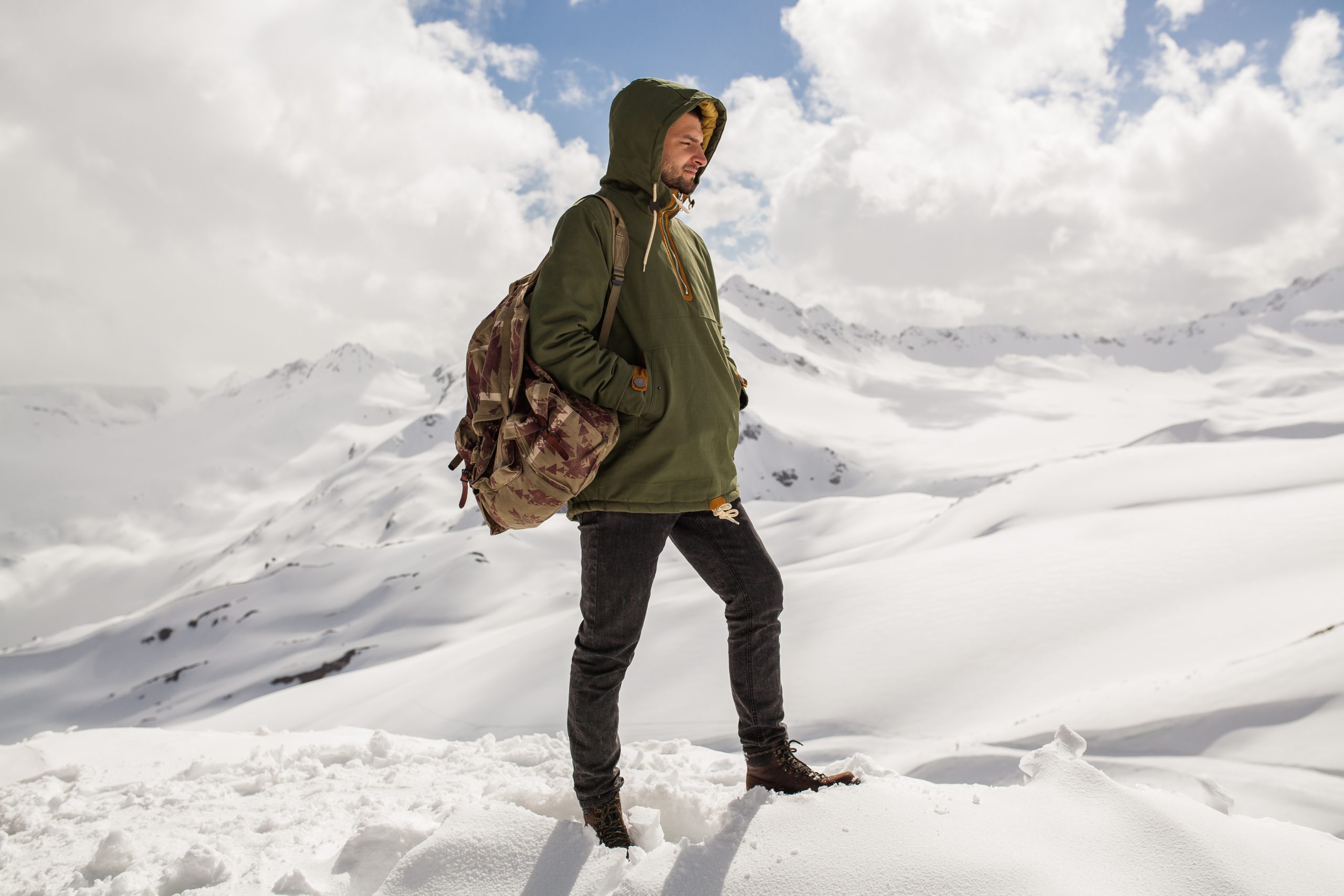
When engaging in outdoor activities like climbing, hiking, or camping in winter, proper gear is fundamental, but applying the right techniques is equally crucial. Whether it’s keeping a hot drink in hand throughout the trip or changing clothes in windy conditions, the following tips will help you stay comfortable and safe in the bitter cold.

It’s important to note that certain extreme weather conditions – such as very low visibility or excessively strong winds – are unsuitable for outdoor activities. In such scenarios, even high-performance clothing (like Gore-Tex or Primaloft materials) may struggle against the severe climate, and it’s advisable to postpone and rest indoors instead.
However, on stable, sunny days with light winds, known as “bluebird days,” winter outdoor activities offer unique experiences: expansive views, moonlight sufficient to replace headlamps, and a special sense of tranquility and beauty when camping on snow. Even so, quality equipment and correct methods remain indispensable. Below are 12 practical tips compiled by AOKWIT to help you navigate winter outdoor activities with greater ease.
I. Clothing and Warmth Management
1. Replace Damp Base Layers Promptly
If you need to stop for a rest or settle in for the night after intense activity, immediately change out of the base layers damp with sweat. Although you might feel briefly colder during the change, dry clothing effectively prevents heat loss caused by moisture, significantly improving warmth retention.

2. Use Waterproof-Breathable Outer Layers Wisely
Beyond insulation, moisture management is equally important. Choose breathable, waterproof, and windproof shells like Gore-Tex to avoid internal moisture buildup. If the weather is dry and calm, you can stow the outer layer in your pack to maintain dryness.

3. Carry Hot Water to Prevent Freezing
In sub-zero temperatures, regular water freezes easily. It’s recommended to use a thermos filled with hot water, which will cool down to a drinkable temperature within about an hour. If possible, also carry a hot beverage to help replenish body heat on the go.

4. Prepare Hot Water and Food Before Bed
Use your stove to simultaneously heat ready-to-eat foods like pudding, brew herbal tea, and reserve hot water for filling a hot water bottle. This provides warm nourishment and drinks, and also supplies sustained heat during sleep, enhancing nighttime comfort.
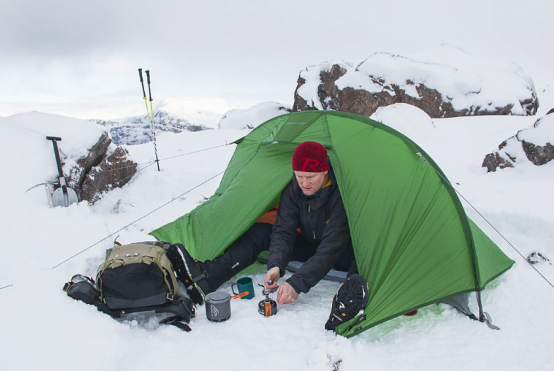
II. Sleep System Optimization
5. Carry Spare Socks and Additional Accessories
Apart from socks for daily changes, pack extra “tent socks” dedicated for use inside your sleeping bag, ensuring dry feet while sleeping. For shorter trips, keep plush socks in the car to change into upon return. Similarly, have spare hats and gloves.
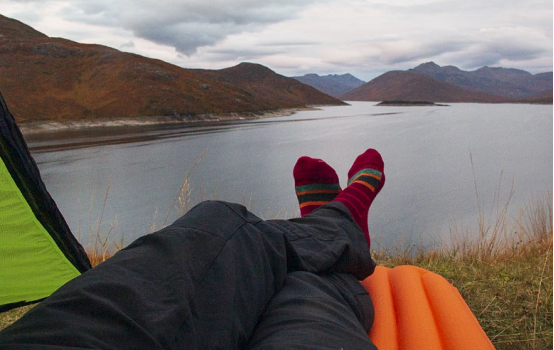
6. Adjust Sleeping Bag Internal Space
If your sleeping bag has excessive internal space, use a shoelace to cinch the bottom, reducing the volume that needs to be heated. Fill extra space with clothing, socks, etc., which secures items and enhances insulation.

7. Use a Sleeping Bag Liner
A liner can significantly improve a sleeping bag’s warmth retention and hygiene. In extremely cold conditions, you can layer a summer-weight sleeping bag inside your winter bag to increase the overall temperature rating.
8. Store Contact Lenses Properly
To prevent lenses from freezing or causing eye irritation due to cold, store your contact lens case in a pocket close to your body before sleep, using your body heat to maintain a suitable temperature.
III. Environment and Behavior Adjustments
9. Lay Down a Rug or Blanket to Insulate from Ground Cold
Placing a picnic blanket or wool blanket inside your tent or vehicle effectively blocks cold from the ground, improving the overall warmth of the sleep area. This also makes moving about in the tent more comfortable, preventing feet from getting cold quickly.
10. Be Cautious with Wild Swimming
If planning a wild swim, ensure reliable warming facilities are available afterwards (like a mountain hut or at home). Otherwise, the body may struggle to regain its core temperature quickly, leading to prolonged chilliness, which can impact both experience and safety.

11. Consider Using a Fleece Onesie
If you are particularly sensitive to cold, consider a fleece onesie to wear over your regular layers. While it might feel bulky, it provides significant full-body insulation in extremely cold environments.
12. Prioritize Lower Body Warmth
Many people focus on keeping their torso warm, but the lower body (like thighs and hips) is equally crucial. In cold conditions, putting on insulated pants before adding upper body layers often raises the overall perceived temperature more quickly. Opting for thick insulated pants rather than thin base layer tights makes a noticeable difference.
